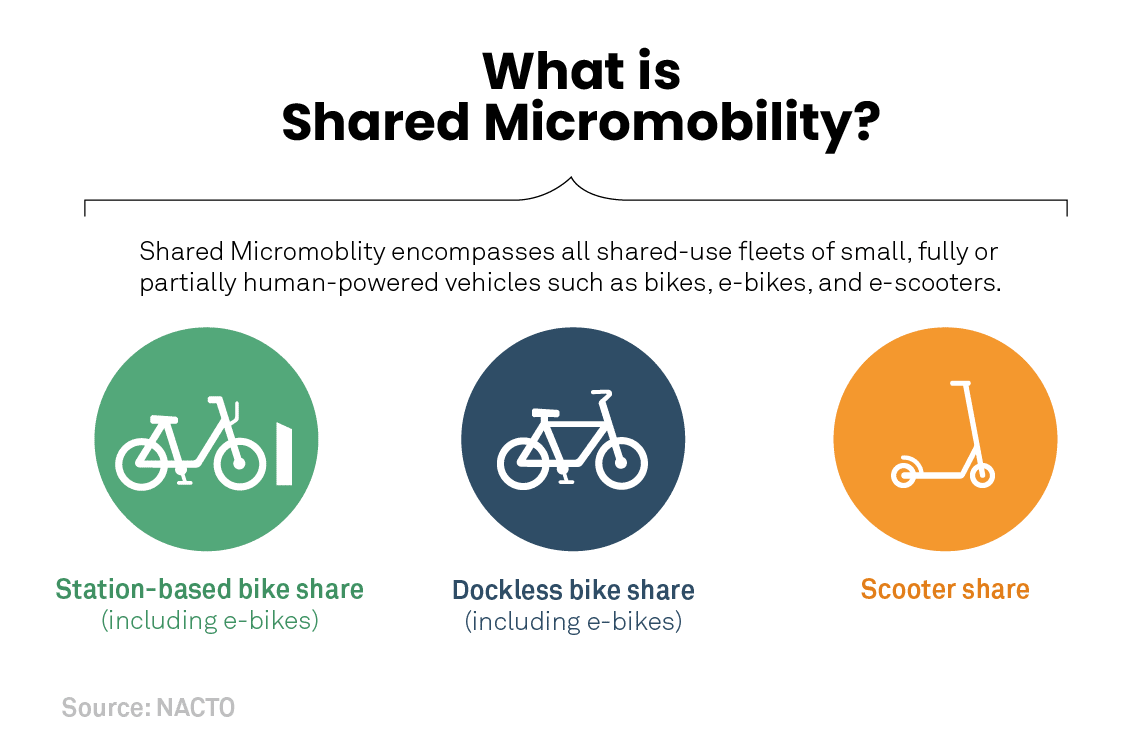E-Bike Classifications Explained: Understanding The Implications Of Each Classification
E-Bike Classifications Explained: Understanding The Implications Of Each Classification
Blog Article
Content Author-Feldman Slater
If you're considering acquiring an e-bike, recognizing the various courses is type in making an educated choice. You could be stunned at exactly how each course provides unique features that deal with different riding choices and lawful needs. From pedal-assist choices to throttle-controlled designs, each course has its benefits. So, before you select the ideal e-bike for your requirements, it's vital to comprehend the differences in between Course 1, Class 2, and Class 3 e-bikes.
Course 1 E-Bikes
Course 1 E-Bikes are specified as pedal-assist electrical bicycles that offer assistance just when you pedal, ceasing to do so once you reach 20 miles per hour. These bikes are ideal for those looking for a little additional increase while still wanting to obtain some exercise. Course 1 E-Bikes supply a smooth transition in between pedaling and electric aid, aiding you conquer hillsides and cross countries easily. The electric motor begins as quickly as you start pedaling, giving a natural and easy adventure experience.
Among the essential advantages of Class 1 E-Bikes is that they're enabled on the majority of bike paths and trails where conventional bikes are permitted. This implies you can check out new paths and enjoy the outdoors with no restrictions.
Furthermore, these bikes are environmentally friendly and provide a sustainable setting of transport, reducing your carbon impact while still getting you to your location successfully.
Class 2 E-Bikes
Going on from the pedal-assist dynamics of Class 1 E-Bikes, Course 2 E-Bikes present a new element into the electrical bike realm. simply click for source -bikes include a spin throttle function, enabling you to ride without pedaling whatsoever. With this enhancement, you have the alternative to just involve the throttle and allow the motor do the work, driving you forward easily.
Class 2 E-Bikes are perfect for bikers who might require a break from pedaling or need aid when beginning with a complete quit. This feature makes them particularly appealing for individuals with minimal mobility or those that want a more leisurely riding experience.
However, it is necessary to keep in mind that Course 2 E-Bikes are still regulated by a rate limit of 20 miles per hour, ensuring safety and conformity with regulations.
Class 3 E-Bikes
For cyclists looking for an extra vibrant electric biking experience, Class 3 E-Bikes offer improved speed and efficiency compared to their Class 1 and Class 2 counterparts. Course 3 E-Bikes are called "rate pedelecs" and can get to speeds of approximately 28 mph, offering a thrilling ride for those trying to find an added increase. These bikes come geared up with a pedal-assist system that begins when you begin pedaling, making it much easier to keep greater speeds with less initiative.
One key function of Course 3 E-Bikes is that they aren't limited to bike lanes just; they can likewise be made use of on roads where the rate limit is 30 mph or lower. This flexibility enables cyclists to browse via web traffic extra effectively while still enjoying the benefits of electric aid.
However, it's important to bear in mind that some areas might have details laws relating to using Class 3 E-Bikes, so constantly inspect regional legislations prior to hitting the trail.
Verdict
So, since you comprehend the differences in between Course 1, 2, and 3 E-Bikes, you can make an informed decision on which kind best suits your demands. Whether you prefer pedal-assist, throttle function, or higher speeds, there is an E-Bike class out there for you. Keep in Read More In this article to consider your neighborhood policies and individual choices prior to making your selection. Happy riding!
